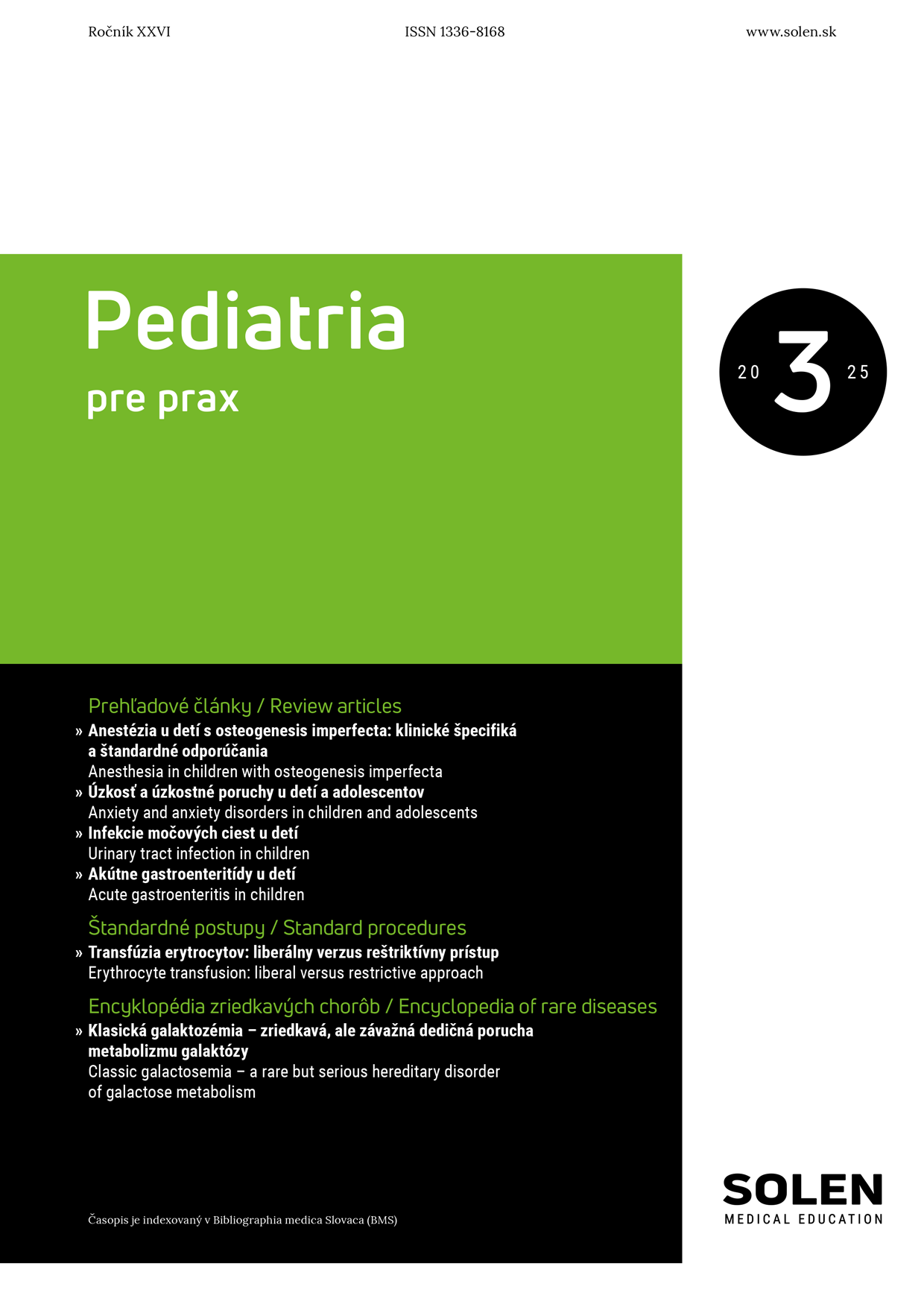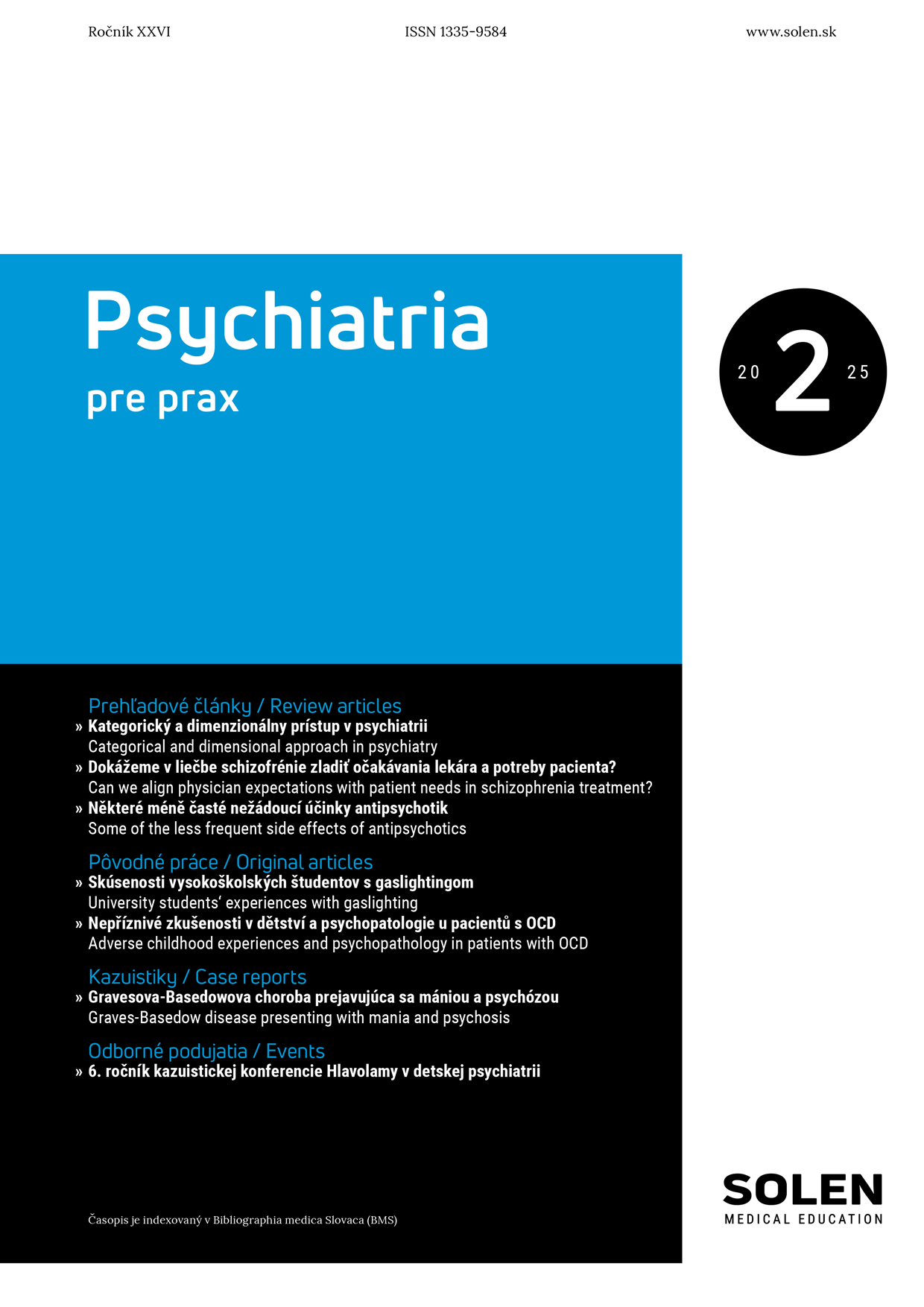Vaskulárna medicína 3/2016
Complications of diagnostics of secondary aortoenteric fistula and its treatment
Secondary aortoenteric fistula (SAF) involves fistulization between the gastrointestinal tract and prior surgical reconstruction for either aneurysmal or occlusive disease. It seldom occurs after endovascular treatment of abdominal aortic aneurysm, too. SAF is rare and often lethal cause of gastrointestinal bleeding. The detection rate of CT angiography for SAF is the highest of all modalities. The treatment of choice is open surgery with graft excision, debridement of infected tissue, bowel repair followed by an extraanatomic bypass, or in situ placement of a new graft. Early postoperative mortality remains high, since surgery is done mostly in polymorbid, septic and hemodynamically unstable patients. Endovascular treatment is less risky, but does not eliminate the source of infection. We present a patient that underwent aortobifemoral bypass 22 years before developing SAF with recurrent hematemesis and acute thrombosis of the right part of aortobifemoral bypass.
Keywords: aortoenteric fistula, hematemesis, secondary aortoenteric fistula

















